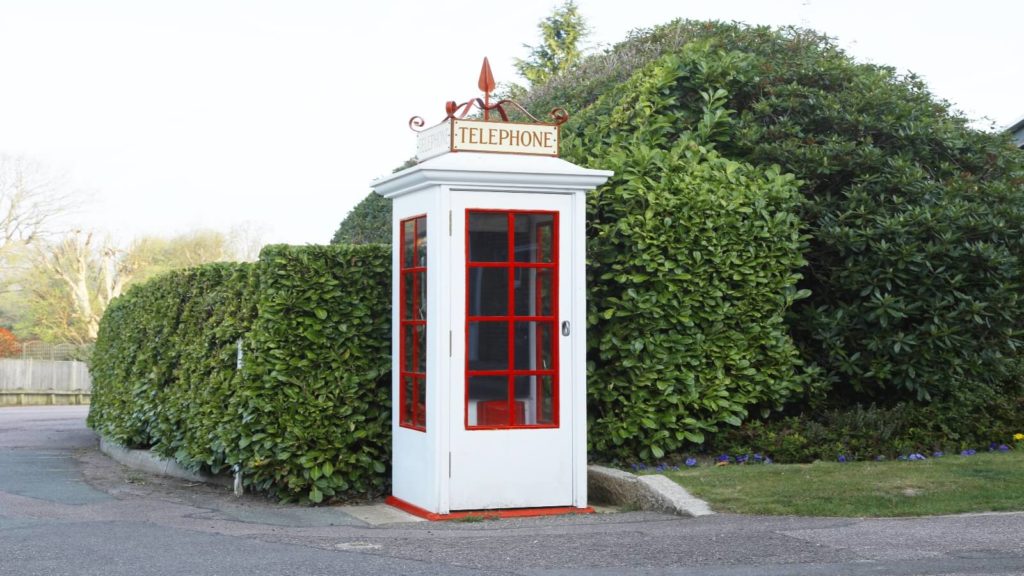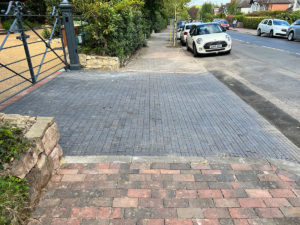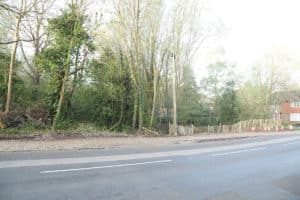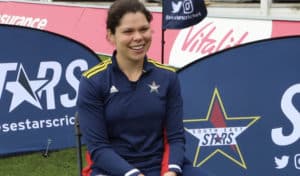Thanks to the efforts of WPARA and TWBC the historic phone box in the Nevill Ground has been saved. Here is a report from Debbie Salter, TWBC Conservation and Urban Design Officer.
The grade II listed K1 telephone kiosk situated adjacent to the stand and pavilion at the Nevill Cricket Ground is a very rare survivor of the first type of public telephone box designed in the 1920s by the GPO. The design included a pyramidal roof with decorative metal scrollwork on the top, with glazing and white painted concrete panels to the box. However, it was not popular as a design and was swiftly replaced by the GPO by the very distinctive, red K2 kiosk. This followed a design competition won by Sir Giles Gilbert Scott. The K1 was used for years after outside of London, however, due to the much cheaper manufacturing cost and the smaller size. Finally, the revised K3 was introduced as a cheaper version of the K2, and rolled out throughout the country, replacing the K1s. Only a handful are left, and some of these are no longer in situ, which makes the Nevill Ground kiosk even more rare. The Historic England list description here: https://historicengland.org.uk/listing/the-list/list-entry/1226095?section=official-list-entry notes the other examples at Hull and Bembridge, which are also listed, but also the unlisted kiosks at Boulters Lock Maidenhead, the Tramway Museum in Crich, and the East Anglia Transport Museum Carlton Colville.
The Tunbridge Wells kiosk is therefore a particular heritage treasure for the town. It is still owned by BT and had stood in disrepair for a number of years due to weathering and cracking of the concrete panels through expansion of the reinforcing metal rods. Thanks to a determined campaign by WPARA/TWCC, with the help of the local authority, after a couple of years of chasing BT to prioritise the kiosk, the repairs were carried out in 2021. Unfortunately the concrete panels by then had to be completely replaced, but care was taken to refurbish the steel framed door and glazing off site, and reuse them in the newly constructed and painted concrete frame. As the TWBC Conservation Officer, I was not always able to prioritise my time to chase the contacts at BT, which proved to be a difficult task. The lead taken by WPARA/TWCC and the time spent by Tony Pawson and Neil Williams in particular in liaising with our BT contacts was therefore hugely welcome. I am very pleased with the outcome and grateful to the association for helping to save an important part of our heritage.







